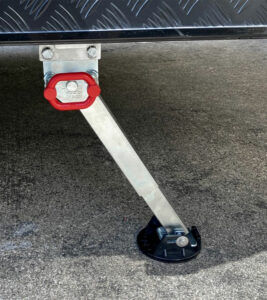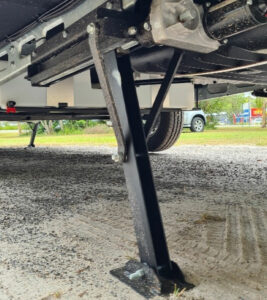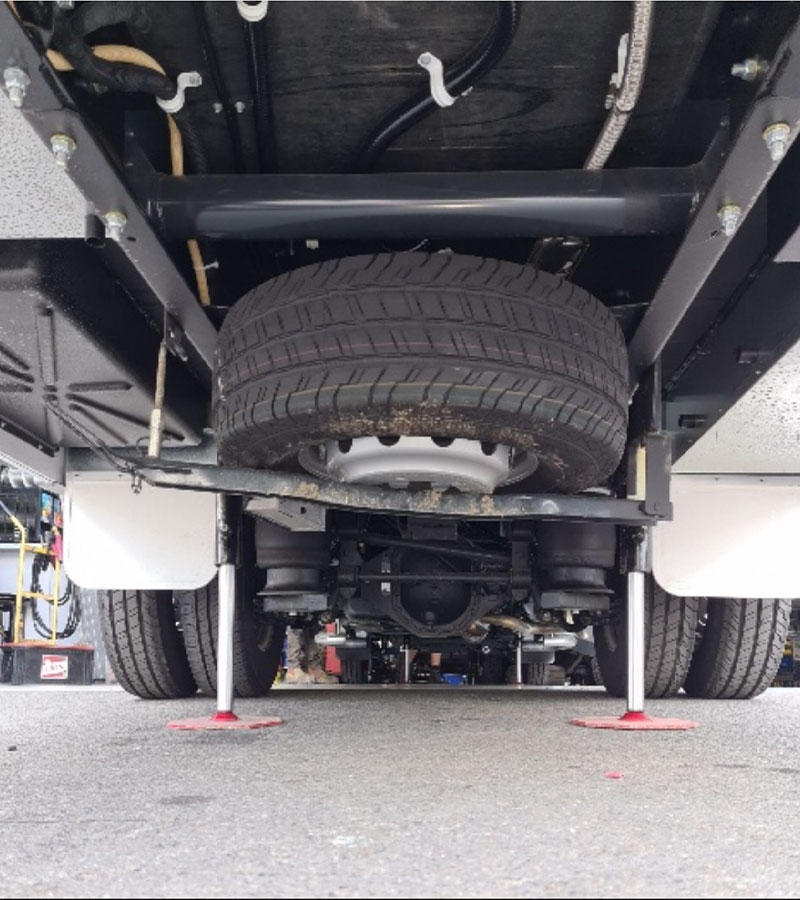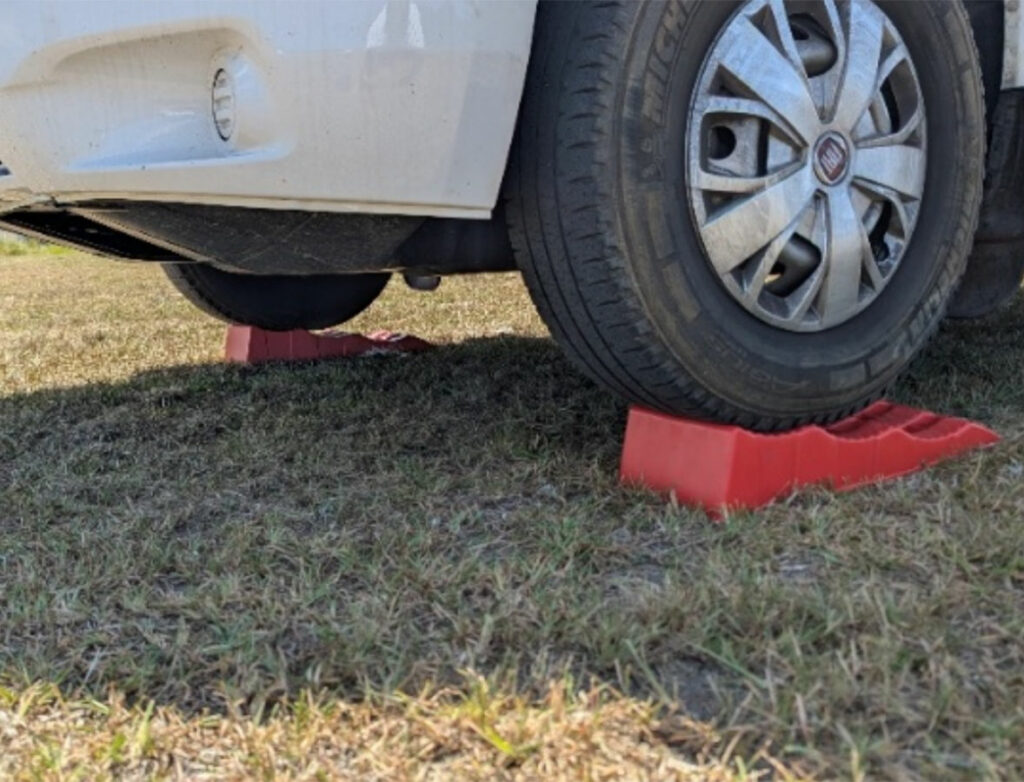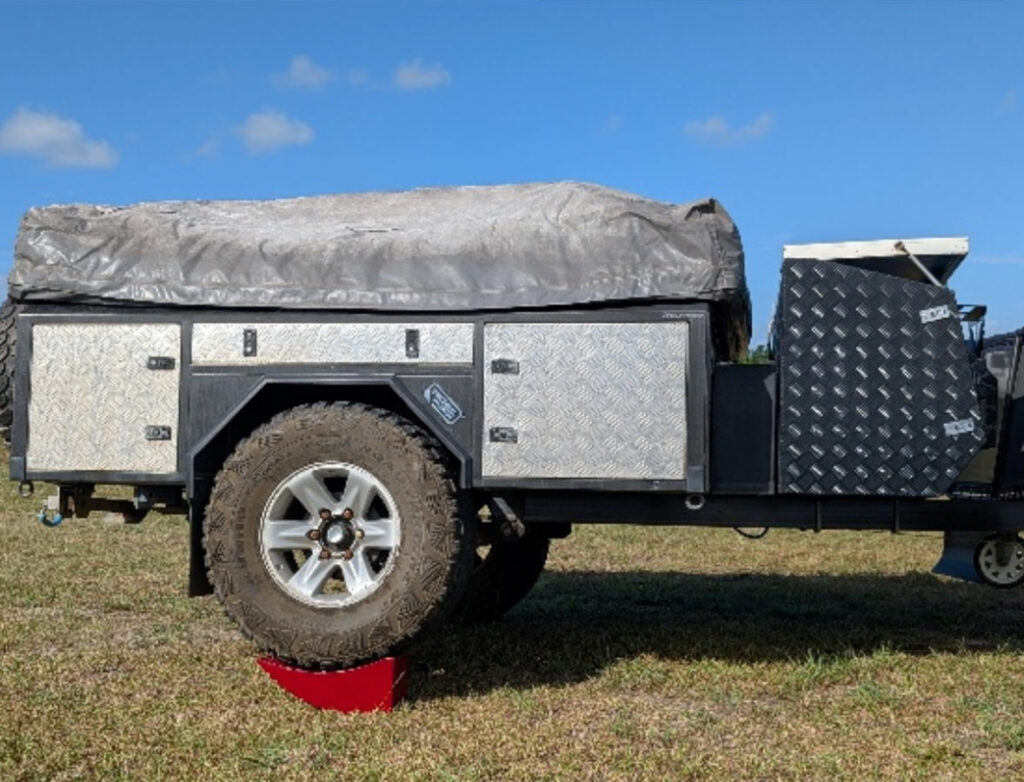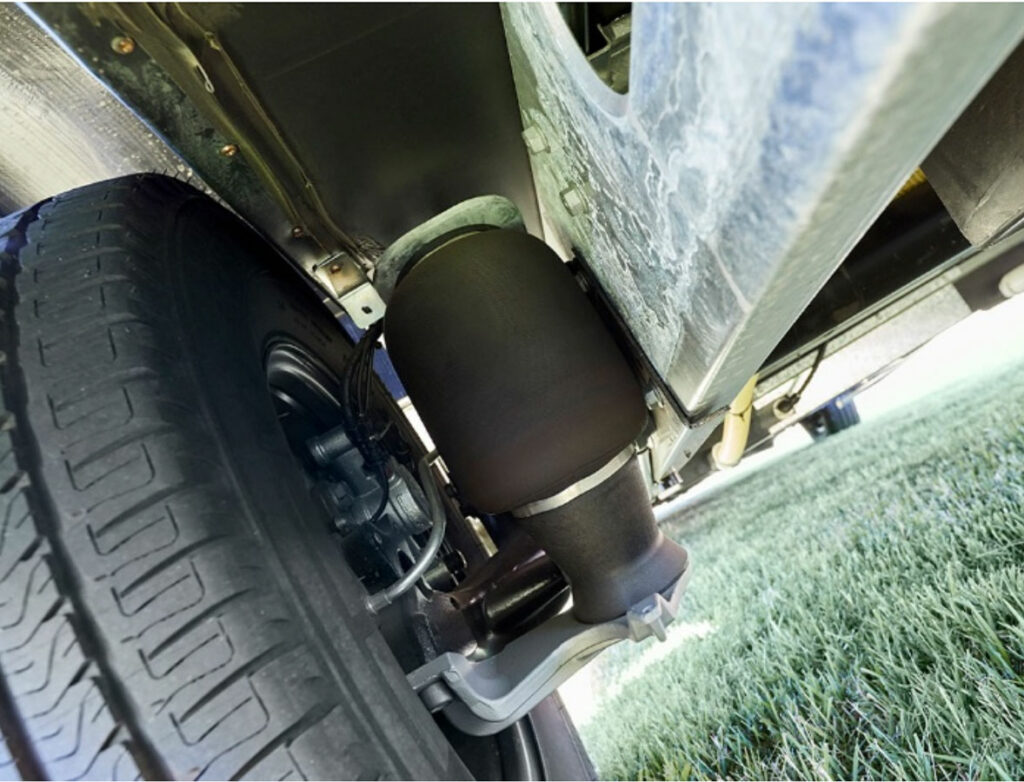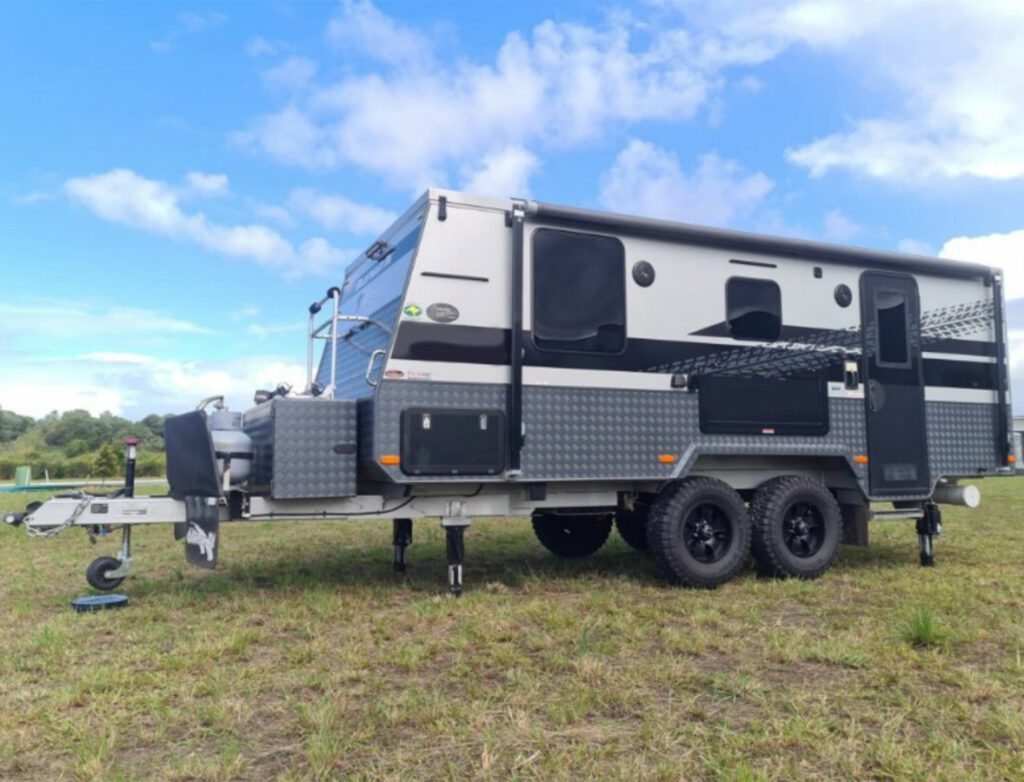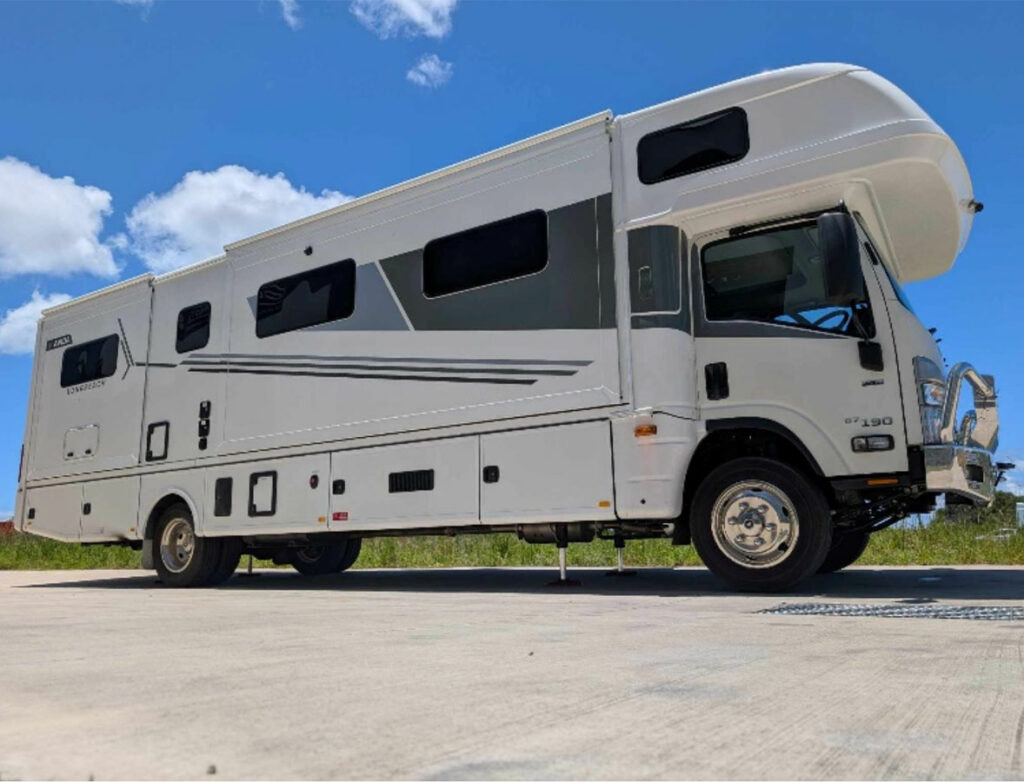general faqs
What is the return policy if I order the wrong system or part?
Uninstalled systems or parts can be returned for credit within 30 days of original purchase subject to inspection. Customer is responsible for return shipping fees. All goods to be returned require prior written approval issued by Redfoot Levelling for the return to be processed, a credit will not be issued for parts returned without preauthorisation. All care must be taken when repackaging returns, credit will not be issued for returned goods that are soiled or damaged.
What is the warranty policy on Redfoot Levelling systems and replacement parts?
All Redfoot Smart EQ systems come with a one-year (12 month) and AutoLift systems a 2-year (24 month) warranty from date of purchase. Replacement parts are warranted under the same guidelines listed in the warranty policy of your operation manual for the remainder of the original warranty or 90 days, whichever is longer. Proof of warranty repair date and original vehicle purchase date are required. If the system or part is still within its warranty period, fill out the warranty claim form located under the Support tab.
How much does it cost to install a Redfoot Levelling system?
Installation costs for a Redfoot Levelling system average around $2,000 – $4,000. This estimate is highly dependent on the type of vehicle, size and complexity of the system you want installed.
What is the process of buying a Redfoot Levelling system?
Redfoot Levelling systems can be purchased through one of our authorised installers, just ask them for one of our systems and they will order and install it to your vehicle themselves. Alternatively, systems can be purchased from us directly. Delivery locations must have access to a forklift as our systems are delivered on pallets.
How can l leave a product review?
After every purchase of a Redfoot Levelling product we will send you an email inviting you to leave a review. This will have a link in it to the product page where you can write your review and even upload a photo of your product as well.
To ensure authenticity, only actual customers can leave a review and you will need to be logged in to complete this. If you have any issues leaving a product review then please contact us.
What vehicle information do I need to get a quote?
Before asking for a quote for one of our systems, you should have the following information about your vehicle; make, model and year of your vehicle and the ground to chassis clearance measurement (mm).
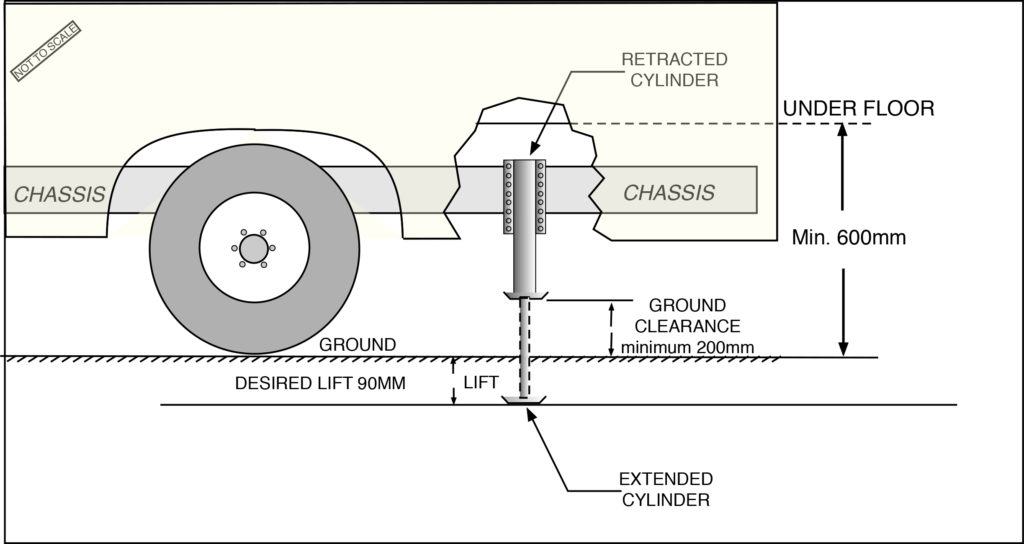
technical faqs
What is the difference between ‘Stabilising’ a vehicle and ‘Levelling’?
Stabilising
The aim of stabilising your Caravan or Motorhome is to reduce movement in the vehicle when parked. Stabilising is traditionally done by deploying the stabiliser legs attached to the underside of the vehicles subframe and is usually performed after manually levelling the caravan or motorhome. This levelling method involves either manually winding down the stabiliser legs or using an electric power drill or assisted integrated DC motor.
Levelling
Levelling is the term used to define the process of uniformly distributing the vertical height of the caravan or motorhome floor so that it is balanced with the terrain your vehicle is positioned on. Levelling can be achieved in many ways using different methods such as, manual wheel ramps, suspension air bags or levelling jacks. Each of these methods will have their own limitations and associated costs.
What is the traditional levelling process?
The traditional method to level and increase vehicle stability when parked is to use manual aids. Typically, this involves driving the vehicle onto ramps or blocks. To know you have achieved level, a spirit level or measuring device will need to be used. Once achieved, wind down stabiliser legs, which are deployed to firm up movement. Note: stabiliser legs are not designed to reduce excessive load or weight off the chassis or suspension/axles.
Why would I need Levelling Jacks?
Redfoot Levelling provides levelling systems with jacks that are permanently mounted to the underside of the vehicle chassis rails. The major benefit to using our Hydraulic ‘EQ Smart Level’ and Electric ‘AutoLift’ levelling systems, is you can achieve level by simply pushing a few buttons. These systems are designed to automatically level the vehicle in less than 90 seconds, without the use of manual wheel ramps or additional levelling devices, such as a spirit level. They are also designed to lift the total vehicle weight off the suspension and remove rocking or movement. The main benefits of these systems include,
- Significantly reduces time to level
- Only requires a single operator
- Healthier option, no physical strain or exertion due to unnecessary winding or bending. It may assist people who are uneasy on their feet or suffer from vertigo.
- Improves function of some appliances, such fridges and sensitive medical equipment. (Some appliances require a level surface to operate)
- Eliminates van lean when slide-outs are in use
- Changing tyres is safer, easier and faster *(Note use of additional rated support stands are required in some system applications)
- Allows wastewater to flow down plumbing drains
Why would I choose levelling jacks over air bag suspension?
The primary use for Air Bag suspension is to provide smooth, constant ride quality while the vehicle or caravan is in transit. The secondary use of modern electronically controlled Air Bag systems is to provide self-levelling along with raising and lowering functions. This secondary function can be used to help level the van but may have limited effectiveness depending on the suspension systems capacity.
The main short fall for Air Bag suspension is its ability to stabilise, as air bags raise and lower from the axles or suspension arms. Meaning, the use of additional stabiliser legs is required to be deployed once level. The other short falls to Air Bag suspension is their inability to lift the vehicle wheels off the ground, meaning they cannot be used to assist when changing tyres.
The primary use of Levelling jacks, is to lift and level the vehicle without using additional stabiliser legs, eliminating vehicle movement. Levelling jacks automatically find level on uneven surfaces and if required, allows the operator to lift wheels off the ground.
Can I use Levelling jacks with air bag suspension?
Short answer is yes. Having both solutions would give you optimal performance across all types of Caravans or Motorhomes.
